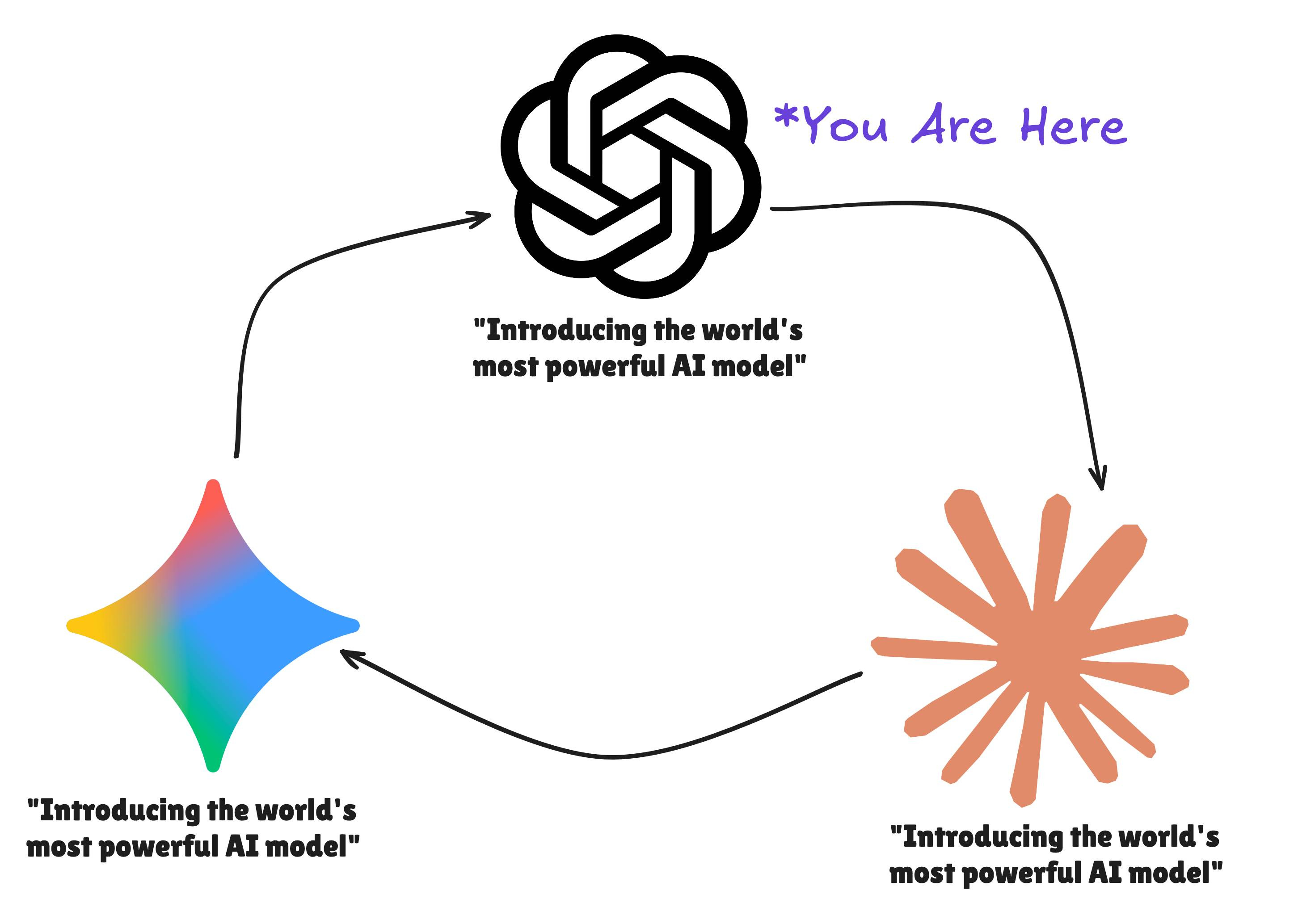
Data may be misleadingly considered an objective and impartial product. When doing historical research based on data (re)use, applying an ethical perspective becomes essential.

Data may be misleadingly considered an objective and impartial product. When doing historical research based on data (re)use, applying an ethical perspective becomes essential.

GPT-5.2, DARPA Generative Optogenetics, don't use local models for coding agents, red teaming, sandbagging, AI in science &
Following the first post in this series on the realities of bibliometric practice and the isolation of practitioners, LIS-Bibliometrics Committee member Naomi Richards reflects on her personal experience as a Research Intelligence Librarian and shares experiences of challenges faced and ways of coping in the hopes of connecting with others in similar situations.
In the past few years, a great deal of attention has been paid to the importance of using ROR IDs to identify organizations that researchers are affiliated with. Less well-known, but equally important, is that organizations can also act as creators or contributors themselves, and these organizational creators and contributors can also be identified with ROR IDs, which is particularly useful for tracking organizational partnerships.

Introduction To a beginner, open source can be one of the best pathways into a fulfilling tech career. It not only provides access to source codes but also connects you with a global community of people from diverse backgrounds and skill sets. Together, contributors share ideas, collaborate on projects, and continuously improve the software.

We’ve written plenty about the problems with what is now ubiquitously called “artificial intelligence”: see for example These new “artificial intelligence” programs don’t know what they’re talking about, Another day, another catastrophic “AI” failure, If you believe in “Artificial Intelligence”, take five minutes to ask it about stuff you know well, What LLMs are really […]
Appalachian Folklore & Myths A lantern in the dark above town On autumn nights in Jenkins, it is easy to see why stories grow on Pine Mountain. The coal camp lights pool in the narrow valley, U.S. 23 climbs toward Pound Gap, and above everything the black outline of Raven Rock hangs over town. From time to time, people say, a single light appears on that high flank of the ridge. It swings or drifts as if someone is walking with a lantern.
Appalachian Folklore & Myths A lost treasure story in the Cumberlands For more than two centuries, people in the central and southern Appalachians have told stories about an Englishman named Jonathan Swift who came into the Kentucky wilderness before Daniel Boone, found rich veins of silver, and left his fortune hidden in caves and crevices that no one has ever quite been able to find again.
Appalachian Folklore & Myths A stone witch on the Smoky Mountain border Long before the Great Smoky Mountains became a national park, Cherokee families told stories about a stone skinned witch who hunted human livers in the ridges between what is now eastern Tennessee and western North Carolina. In Cherokee she is called U’tlun’ta, often glossed as “the one with the pointed spear,” a reference to the knife like forefinger on her right hand.
Appalachian Folklore & Myths A Stone Wall Above the Clouds High on a ridge in north Georgia, just above the modern trails and campsites of Fort Mountain State Park, a low stone wall winds along the crest. It zigzags for roughly eight to nine hundred feet, rises only a few feet above the soil, and ties itself to boulders and outcrops as it goes.
Appalachian Folklore & Myths On a foggy night on Kentucky 160, the climb up Black Mountain feels longer than it really is. The road coils above Lynch and Benham, past the old mines and the dark slopes that once made Harlan County famous under a grim nickname. For some drivers, it is still not just Black Mountain. It is Headless Annie’s mountain. Today the legend of Headless Annie is one of Harlan County’s best known ghost stories.